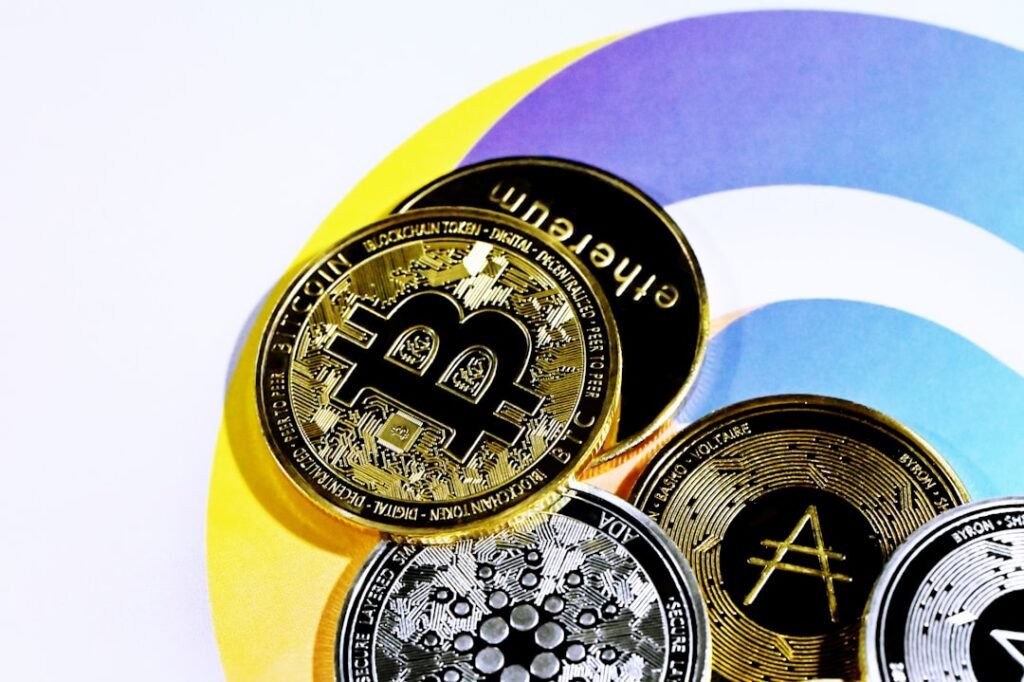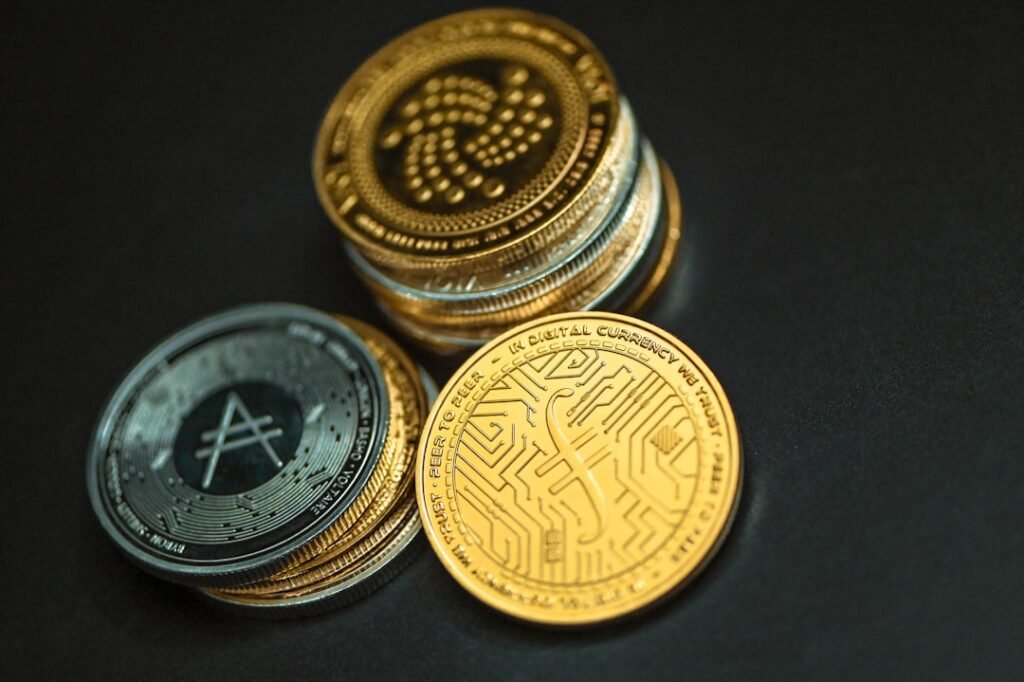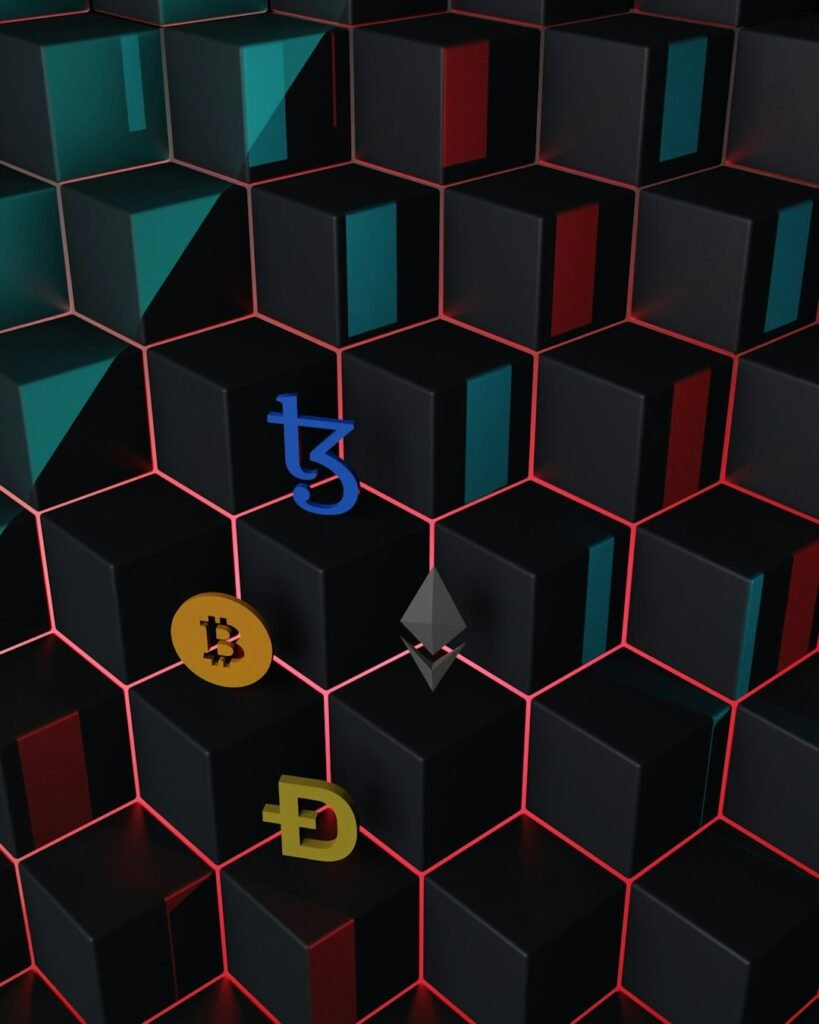Blockchain Unleashed: How Finance, Supply Chains & Healthcare Are Being Transformed
Forget cryptocurrency hype – blockchain's real revolution is happening in boardrooms, hospitals, and global logistics hubs. This decentralized ledger technology is solving age-old problems of trust, transparency, and inefficiency across critical industries. From securing patient records to tracking life-saving drugs and slashing cross-border payment times, blockchain is proving its worth far beyond digital coins. Here’s how real businesses are harnessing its power today.
Finance: Breaking Down Walls, Building Trust
The financial sector, burdened by legacy systems and intermediaries, is undergoing a blockchain-powered metamorphosis:
- Cross-Border Payments & Settlements Revolution: Traditional international payments are slow and costly, bogged down by multiple banks and clearinghouses. Blockchain enables near-instant, peer-to-peer value transfer. Platforms like Ripple (XRP) are demonstrating this, reducing settlement times from days to seconds and dramatically lowering fees. Businesses gain faster access to funds, improved cash flow, and reduced friction in global trade.
- The Rise of Decentralized Finance (DeFi): DeFi represents a paradigm shift, offering financial services without central authorities like banks. Built on blockchain, protocols like Aave و Compound allow users to lend, borrow, and trade directly using العقود الذكية – self-executing code that enforces agreements. This opens financial access to the unbanked and creates new, permissionless markets, though regulatory frameworks are still evolving.
- Trade Finance Transformation: The complex, paper-heavy world of trade finance is ripe for disruption. Blockchain creates a single, immutable record of transactions (letters of credit, bills of lading, invoices) visible to all authorized parties. This reduces fraud, minimizes disputes, and speeds up processes. Initiatives like Marco Polo و we.trade are digitizing and automating these workflows, enhancing trust between buyers, sellers, and financiers, ultimately unlocking liquidity.
Core Benefits Realized: Reduced costs (bypassing intermediaries), enhanced speed (automation), improved transparency (shared ledger), and stronger security (tamper-proof records).
Supply Chain: From Murky to Crystal Clear
Provenance, authenticity, and efficiency are paramount in global supply chains. Blockchain delivers:
- End-to-End Product Provenance: Consumers and businesses demand to know where products originate and how they travel. Blockchain provides an immutable audit trail. IBM Food Trust, developed with giants like Walmart, tracks food items from farm to shelf in seconds, not weeks. This is crucial for rapid response to contamination outbreaks and building consumer confidence. In pharmaceuticals, MediLedger enables participants across the prescription drug supply chain to instantly verify medicine authenticity, expiry dates, and handling – vital in combating deadly counterfeits.
- Combating Counterfeits & Ensuring Authenticity: Counterfeit goods plague industries from luxury items to life-saving medicines. Blockchain assigns unique, tamper-proof digital identities to products. Platforms like VeChain allow consumers and businesses to scan a code and verify an item's entire journey and legitimacy, protecting brands and consumer safety.
- Operational Efficiency & Automation: Supply chains involve countless documents and handoffs. Blockchain streamlines this using smart contracts. Payments can auto-trigger upon verified delivery; compliance documents can be automatically logged and shared. Integrating blockchain with IoT sensors enables real-time monitoring of conditions (temperature, humidity, location) for sensitive goods like vaccines, ensuring quality and reducing waste.
Core Benefits Realized: Unprecedented traceability, enhanced security against fraud, optimized inventory management, faster dispute resolution, improved compliance, and stronger consumer trust.
Healthcare: Securing Data, Saving Lives
Healthcare faces immense challenges: fragmented data, privacy concerns, counterfeit drugs, and administrative burdens. Blockchain offers foundational solutions:
- Patient-Centric Electronic Health Records (EHRs): Medical data is often siloed across different providers, leading to incomplete histories and potential errors. Blockchain enables secure, patient-controlled EHRs. Companies like Medicalchain create systems where patients own their data. Healthcare providers access records only with explicit patient consent, with every access or update logged immutably on the blockchain. The actual sensitive data isn't stored على the chain; instead, unique cryptographic hashes (fingerprints) of the data are stored, ensuring integrity and privacy. Patients can even choose to share anonymized data with researchers.
- Pharmaceutical Supply Chain Integrity: Counterfeit drugs are a global health crisis. Blockchain provides end-to-end traceability. From the manufacturing plant through distributors and pharmacies, every step is recorded immutably. Systems like MediLedger و FarmaTrust allow verification of drug authenticity at any point. Integration with IoT ensures drugs are stored and transported under correct conditions. Automated alerts can flag potential issues to regulators immediately.
- Streamlining Insurance & Supply Chain Settlements: Disputes over payments between pharma companies, distributors, insurers, and providers are common and costly. Blockchain-based platforms like Chronicled و Curisium enable shared "smart contracts." These digital agreements automatically execute terms (like payments) when predefined conditions (like verified delivery) are met, drastically reducing claim disputes and reconciliation time. Similar smart contracts can automate aspects of health insurance claims processing.
- Medical Staff Credential Verification: Verifying the licenses and qualifications of healthcare professionals is time-consuming. Blockchain offers a secure, shared repository where trusted institutions (medical schools, licensing boards, hospitals) can immutably log credentials. Systems like ProCredEx (built on R3 Corda) streamline hiring, reduce administrative overhead, and ensure patients and partners (like telemedicine platforms) have confidence in staff qualifications.
- Securing IoT for Remote Monitoring: The explosion of health IoT devices (wearables, sensors) enables better remote patient care but creates massive security vulnerabilities. Blockchain enhances security by:
- Using cryptography to ensure only authorized devices/users access sensitive data (stored as hashes).
- Creating an immutable record of data from devices, making tampering evident.
- Enabling secure peer-to-peer communication between devices, reducing reliance on vulnerable central servers and mitigating risks like DDoS attacks that could disrupt critical health alerts.
Core Benefits Realized: Empowered patients, unified and secure health records, combatting counterfeit drugs, reduced administrative costs and disputes, verified professional credentials, enhanced security for remote health monitoring, and a foundation for better research via secure, consented data sharing.
Beyond the Hype: Tangible Value & Real Challenges
The case studies across finance, supply chain, and healthcare demonstrate blockchain's move beyond theoretical potential to delivering concrete business value:
- Enhanced Trust & Transparency: All participants operate from a single, immutable source of truth.
- Increased Security & Reduced Fraud: Tamper-proof records and cryptographic security protect sensitive data and assets.
- Improved Efficiency & Speed: Automation via smart contracts and streamlined processes cuts time and cost.
- Greater Traceability & Accountability: Every transaction or movement is permanently recorded and auditable.
- Empowerment: Patients gain control over health data; consumers verify product origins; businesses cut out unnecessary intermediaries.
However, adoption isn't without hurdles:
- قابلية التوسع: Some blockchain networks face limitations in handling vast transaction volumes (e.g., global supply chain data streams).
- Integration & Interoperability: Connecting blockchain solutions with existing legacy systems (ERP, EHR) can be complex.
- Regulation: Legal frameworks, especially concerning data privacy (like GDPR) and DeFi, are still catching up.
- استهلاك الطاقة: Certain consensus mechanisms (like Proof-of-Work used by Bitcoin) are energy-intensive, though many enterprise solutions use more efficient alternatives (Proof-of-Stake, permissioned ledgers).
- Cost & Expertise: Initial implementation and finding skilled talent can be barriers.
The Future is Interwoven
Blockchain isn't operating in isolation. Its convergence with other technologies amplifies its impact:
- AI & Blockchain: AI analyzes the vast, trusted datasets secured by blockchain to derive powerful insights (e.g., predictive supply chain analytics, personalized medicine trends).
- IoT & Blockchain: Provides the secure, scalable backbone for managing and authenticating data from billions of connected devices (e.g., real-time cold chain monitoring, secure patient vitals streaming).
- التطور التنظيمي: Frameworks like the EU's Markets in Crypto-Assets (MiCA) regulation provide clearer rules, fostering responsible innovation and institutional adoption.
Conclusion: The Trust Layer for a Digital World
Blockchain technology is maturing from speculative asset to a foundational "trust layer" for the digital economy. The real-world applications in finance, supply chain, and healthcare are no longer pilots but production systems delivering measurable benefits: reducing fraud, enhancing transparency, cutting costs, improving security, and empowering individuals.
While challenges around scalability, regulation, and integration persist, the trajectory is clear. Businesses that strategically leverage blockchain to solve specific pain points – securing sensitive health data, guaranteeing product provenance, enabling instant global settlements, or automating complex contracts – are building a significant competitive advantage. The revolution isn't just about currency; it's about building a more efficient, transparent, and trustworthy foundation for how critical industries operate. The future is being built on the blockchain, one verified block at a time.












